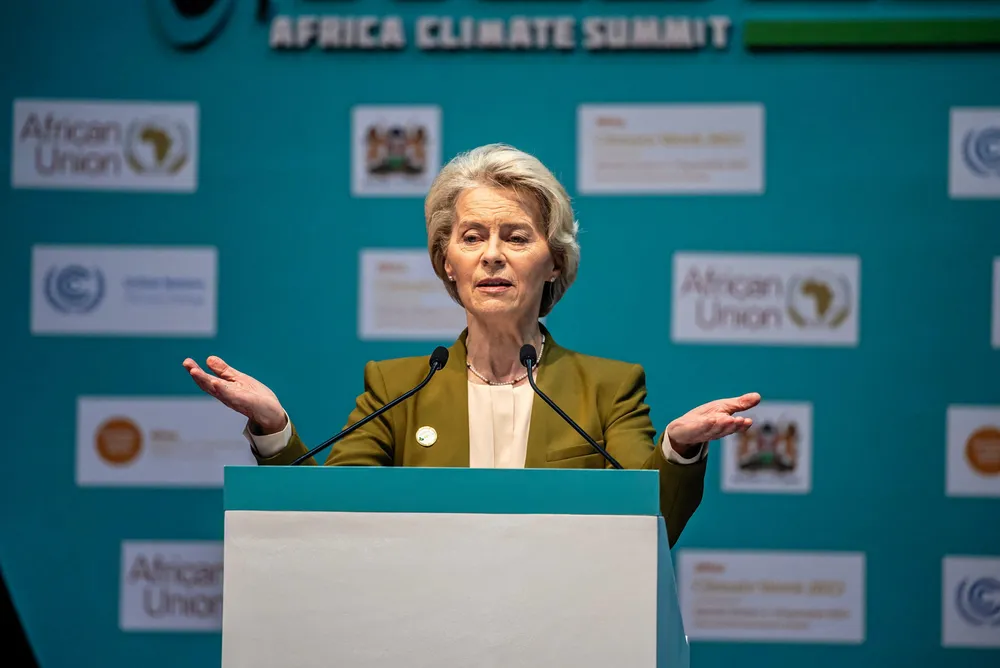EU pledges millions in grants for green hydrogen and derivatives in Kenya
Germany is also considering a loan towards a renewable ammonia fertiliser project drawing on geothermal energy from the Olkaria region

Germany is also considering a loan towards a renewable ammonia fertiliser project drawing on geothermal energy from the Olkaria region
